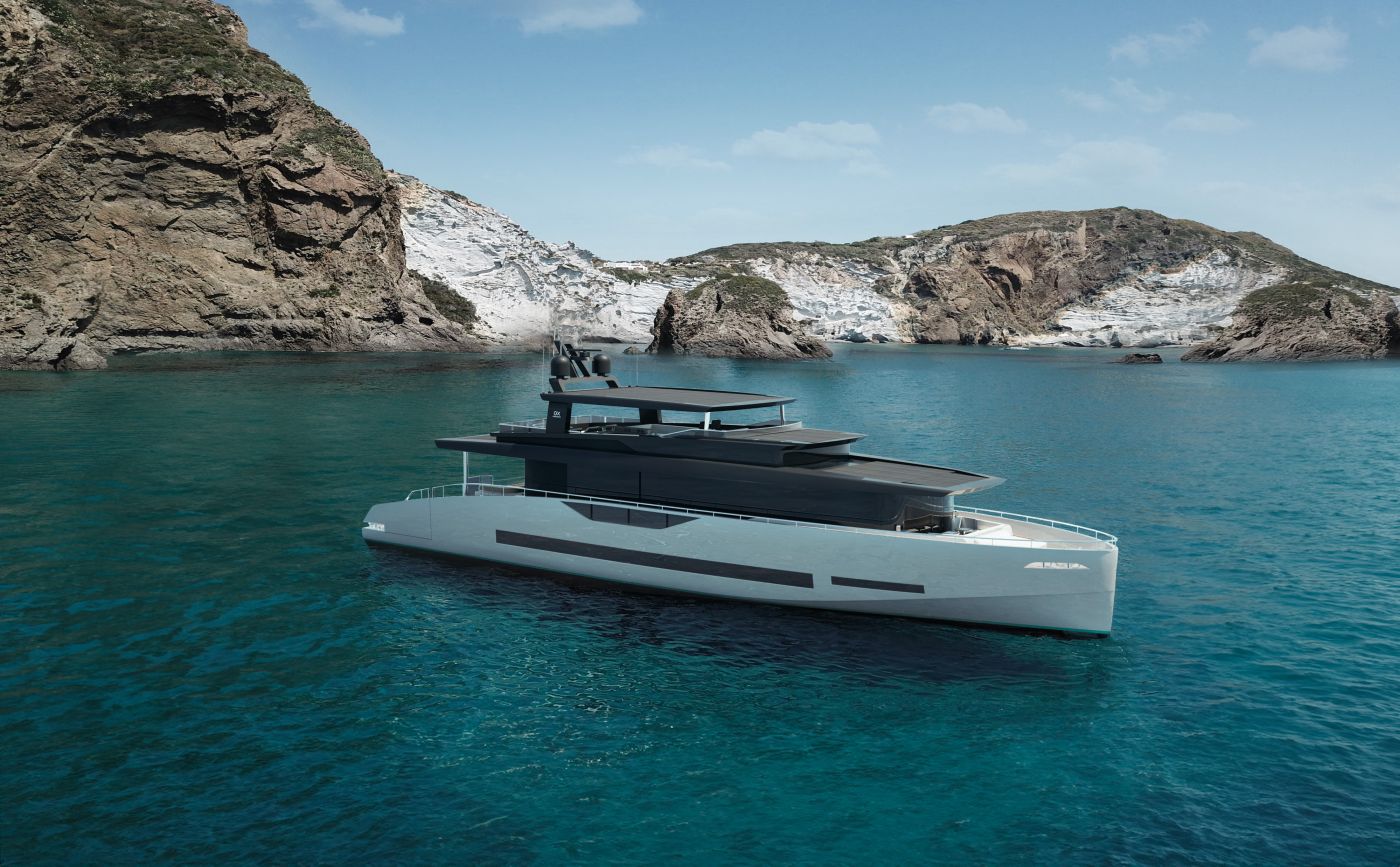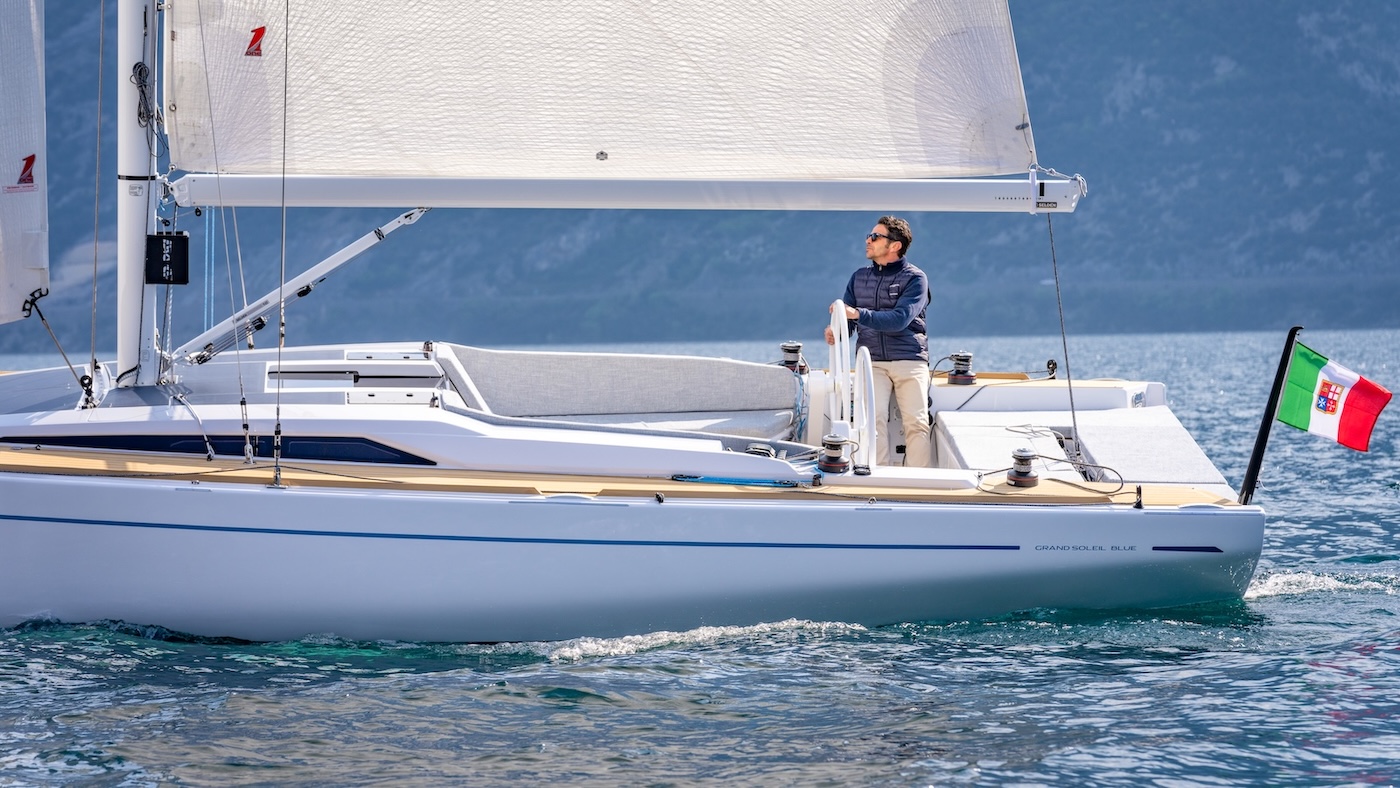First of all, reefing needs a close-hauled. This a gospel written on all sailing guides.
But, in practice, it is not always possible to head up and sail close-hauled. So? Let’s break the taboo; reefing downwind is possible. This is proved by many sailors’ experience.
Like the traditional manoeuvre, which we’ll talk about next days in our magazine, also in this variant the rule to move up the manoeuvre is always true. Reefing, however you do it, in stormy wind and sea, is more difficult than when you wonder: ” What about reefing?”. When you have this doubt, it’s time to act.
If you sail downwind, when your physical sensations are more weaken than when you climb up the wind, you must pay more attention to sea and equipments in order to not let yourself surprise by a freshening.
“Heading up and sailing close to the wind? No way!“. Omero Moretti, who have experienced tens of thousands of miles in the Mediterranean Sea and ocean and over 30 atlantic crossings, seems to be almost astonished by the answer.
” When I sail downwind in the oceans – he says – I’ve two back ropes on the boom. I should remove them, change my sailing point, jump on waves with a great stress for both my crew and boat. But why? In order to reduce my sail, I don’t use any particular method. Freya, my boat, is a Sun Odyssey 51, so a rather classic boat, whose cross-trees are barely quartered. So, when I reef, I slack the mainsail to the cross-trees, that I’ve covered with some plastic tubes; then, I slack the halyard and I pull on the reefing lines. I haven’t a direct circuit, so traction is on leech. Sometimes, I go to the mast and I clasp the boat hook to the higher carriage and then I pull with a ring I made with a rope passing into a hole in the final part of the boat hook”.
If it’s true that Omero tends to make everything easier, it’s equally true that this manoeuvre hides some specific techniques and details: almost orthogonal cross-trees, protections made with tubes which prevent the mainsail from blocking, carriages instead of travellers. ” It’s true, now with carriages everything’s all right but it wasn’t a problem even with travellers”.

According to Andrea Mura, who conceives sailing in a more competitive way than Moretti and De Gregorio, a reduction at high speeds is a need imposed by the sailor’s instinct: don’t do anything which could slow down your boat if not obliged by safety needs.
“Provided that sea conditions allow to head up until close-hauled – he says – it’s a great loss of time, for me. But the head of the mainsail must be in excellent conditions. I keep carriages always oiled with teflon spray or vaseline. Moreover, I have arranged some fitted-out ropes on the different point of the tack which work like cunninghams and on which I can exercise a great traction in order to make the head climb down. The reefing lines are separated, so I firstly release the halyard, then I haul the ropes in the head, then the reefing lines and finally anchor in the head. I usually take 15 minutes to do it”.
So, reefing downwind is possible. But it isn’t a manoeuvre you can improvise, as already showed by three big sailors.
Protecting cross-trees, keeping carriages oiled, heading up (if necessary) and slacking, arranging cunninghams or simple boat hooks. Each sailor has his solution.
A thing everybody doesn’t advise, with more or less colourful expressions is to try to haul the mainsale in the middle and keep a dead run. If it’s particularly windy, you risk to broach. If wind is gentle…. of course, you can haul the mainsail in the middle but it’s equally true that you don’t need to reef.


























